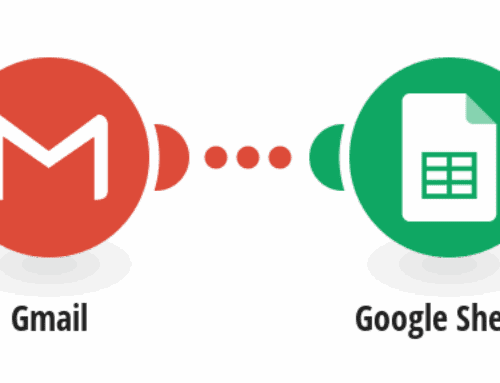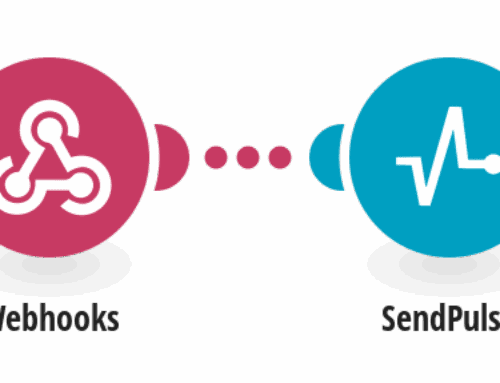Streamlining Business Operations: Integrating Sage Business Cloud Accounting with HubSpot CRM
Introduction to Integration
In today’s fast-paced digital world, efficiency is the name of the game. Businesses are constantly seeking ways to streamline operations and minimize redundant tasks. One of the most effective strategies is integrating key software tools. For many businesses, Sage Business Cloud Accounting and HubSpot CRM are essential applications that manage significant parts of their operations. But have you ever thought about how much more efficient things could be if these two systems worked together seamlessly?
Integration between Sage Business Cloud Accounting and HubSpot CRM can offer numerous advantages. By allowing these systems to communicate, you eliminate double entry, reduce errors, and save time. This integration is especially important for businesses that handle a large volume of customer data. It ensures that your sales and accounting teams are on the same page, which ultimately leads to better customer service and increased profitability.
Understanding Sage Business Cloud Accounting
Sage Business Cloud Accounting is a comprehensive solution designed to meet the accounting needs of small to medium-sized businesses. It’s cloud-based, meaning you can access your financial data from anywhere at any time. This tool offers features like invoicing, cash flow management, and real-time reporting, which are crucial for maintaining financial health and making informed business decisions.
What’s truly beneficial about Sage Business Cloud Accounting is its user-friendly interface and scalability. As your business grows, this platform can easily adapt to meet your evolving needs. However, without integration, the manual transfer of data from Sage to other platforms like CRMs can be tedious and error-prone. That’s why integrating it with HubSpot CRM can be a game-changer for your business operations.
The Role of HubSpot CRM
HubSpot CRM is a powerful tool that helps businesses manage their customer relationships effectively. It’s known for its intuitive design and robust feature set, which includes contact management, email tracking, deal tracking, and analytics. These features empower sales teams to maintain meaningful interactions with customers and prospects, ultimately driving sales growth.
HubSpot CRM offers a centralized place for all customer information, which helps in better organization and tracking of sales activities. However, when data isn’t synchronized with your accounting system, discrepancies can occur, leading to inefficiencies and a lack of cohesion across departments. Therefore, integrating HubSpot CRM with Sage Business Cloud Accounting is essential for maintaining consistency and reliability of customer data.
Benefits of Integrating Sage Business Cloud Accounting with HubSpot CRM
Integrating these two platforms provides numerous benefits, starting with enhanced data accuracy. By creating a direct link between your accounting and CRM systems, you eliminate the risk of human errors associated with manual data entry. This leads to cleaner data, improved reporting, and more reliable financial forecasts.
Moreover, integration saves time by automating repetitive tasks. Instead of manually inputting customer details into both systems, the integration allows for automatic data synchronization. This not only speeds up the process but also frees up valuable time for your team to focus on more strategic tasks, like engaging with clients and closing deals.
Avoiding Data Duplicates
One of the critical challenges businesses face is data duplication, which can result in inaccuracies and confusion. When your Sage Business Cloud Accounting and HubSpot CRM operate in silos, there’s a high chance of entering the same customer data multiple times across different systems. This redundancy can lead to inconsistent records and poor decision-making.
Through proper integration, you can ensure that each customer is entered once and only once into your systems. This helps maintain a single source of truth for customer information, reducing the likelihood of duplicates. Your sales and finance teams can rely on the data they are using, improving collaboration and service delivery.
How the Integration Works
The integration process might sound complicated, but it’s simpler than you might think. Typically, integration solutions leverage APIs (Application Programming Interfaces) to connect Sage Business Cloud Accounting and HubSpot CRM. These APIs allow the two systems to communicate and share data seamlessly without manual intervention.
Once integrated, any updates made in one system automatically reflect in the other. For example, when a new customer is added to Sage, their information appears in HubSpot without the need for additional entry. Similarly, any changes made in HubSpot can be automatically updated in Sage. This bidirectional syncing is vital for maintaining consistency and ensuring all departments have access to the most up-to-date information.
Implementing the Integration
Setting up the integration requires careful planning and execution. First, evaluate your current systems and workflows to identify how the integration will fit into your business processes. You might need to consult with IT professionals or use integration tools that offer pre-built connectors for Sage and HubSpot.
After selecting the right integration solution, test it thoroughly to ensure it’s working as expected. Conduct pilot tests to see how the integration handles real-world scenarios. Once you’re satisfied with its performance, roll it out company-wide. Keep monitoring the integration to address any issues promptly and make adjustments as needed.
Conclusion
Integrating Sage Business Cloud Accounting with HubSpot CRM can significantly enhance your business’s efficiency and data integrity. By bridging the gap between your financial and customer relationship management systems, you can achieve a holistic view of your customers and finances. This integration not only reduces errors and saves time but also supports better decision-making processes across your organization.
FAQs
What is the primary benefit of integrating Sage and HubSpot?
The primary benefit is enhanced data accuracy and efficiency. By integrating these systems, you reduce manual data entry, which minimizes errors and ensures consistent information across platforms.
Can integration improve customer service?
Yes, integration can improve customer service by providing a complete view of customer interactions and financials. This allows your team to respond more effectively to customer inquiries and needs.
Is the integration process complicated?
While the integration involves technical steps, using specialized tools or consulting with IT professionals can simplify the process. Many solutions offer straightforward setup procedures.
Does integration support business growth?
Absolutely. By automating tasks and enhancing data reliability, integration allows your business to scale operations efficiently, thereby supporting growth and expansion strategies.
Will integration affect data security?
Properly implemented integrations should not compromise data security. It’s crucial to use secure APIs and follow best practices to protect sensitive information throughout the integration process.









